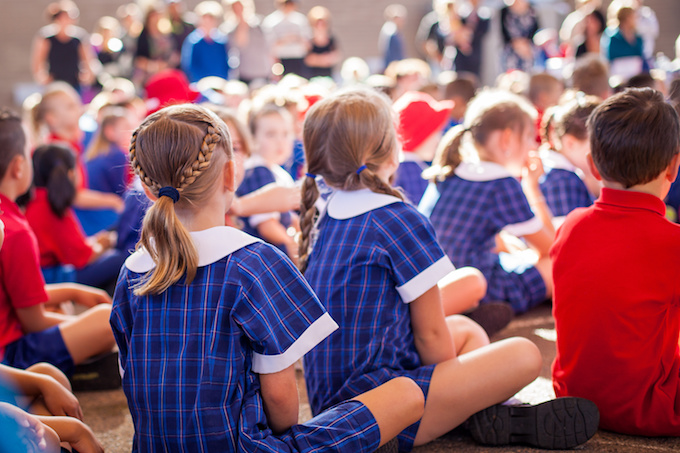Wellbeing skills to reduce suicide rate
The journey to adulthood can be challenging and a new program is giving young people the insight to replace problem behaviours with skilful behaviours.

In Western Australia, the emotional wellbeing of students is getting a powerful boost with the introduction of a new pilot program from YouthCARE and Lifeline WA. School chaplains will be trained to teach vulnerable and disadvantaged students emotional wellbeing skills in a first of its kind program to address the mental health crisis among teenagers.
Read the latest print edition of School News HERE
At the helm of this initiative is Tamsyn Cullingford, YouthCARE’s Chief Executive Officer, who brings many years of experience to the role. Cullingford’s mission is clear: to cultivate “heart, connection, and growth in individuals, families and communities, and to help make pathways to brighter futures for all.”
Cullingford emphasises that early intervention is crucial, particularly for young people aged 10 to 14. The program will target students who struggle with attention, focus, impulsivity and emotional dysregulation.
“Mental health challenges often begin during this period,” she explains. “Addressing these challenges early can prevent them from becoming chronic and having a profound impact on academic, social, and personal development.”
Receiving backing from Telethon, the program focus aligns with the National Children’s Mental Health and Wellbeing Strategy, a blueprint for improving the mental health outcomes of young Australians.
The new program, SWELL – Strategies for Wellbeing, is a skills-based curriculum designed to equip students with tools to navigate life’s challenges. The collaboration with Lifeline WA ensures that the program is research-based and responsive to students’ needs.
“We’re giving students the necessary skills to manage life’s challenges and to know where, when, and how to seek help in the future,” says Cullingford.
“Navigating the journey from adolescence to adulthood is tough and we need to give young people the insight to replace problem behaviours with skillful behaviours,” adds Lifeline WA CEO, Lorna MacGregor.
Training for the chaplains delivering SWELL is comprehensive. It includes pre-reading of materials developed with Lifeline WA clinicians, online team training, and an intensive two-day facilitator course. YouthCARE and Lifeline WA have appointed dedicated project managers to oversee the initial rollout and ongoing delivery, ensuring support every step of the way. An innovative digital tool, ireflect, will also allow students to provide feedback and engage with the program outside of sessions.
The pilot involves 13 schools carefully selected from over 25 across regions including the South West, Wheatbelt, South Metropolitan, and North Metropolitan areas. Schools were chosen based on criteria such as length of service with YouthCARE, demonstrated need, and data highlighting high levels of mental health interactions. “Of the 25 schools contacted, 24 responded with letters of support within seven days,” shares Cullingford. “Each school outlined the need for the SWELL program in their schools.”

A key strength of the program is the unique role of the ten school chaplains who will be jointly trained by LifelineWA and YouthCARE. When the program commences, they will lead small groups of nominated students for weekly sessions over ten weeks.
“Chaplains are professionally qualified to support the wellbeing of students, including having qualifications in mental health and responding to client’s needs,” Cullingford notes. Their ability to combine pastoral care with skills-based interventions makes them uniquely suited to this work. In 2024 alone, YouthCARE chaplains had over 114,000 meetings with students, parents, and staff, provided 608,106 breakfasts, 20,909 social and emotional sessions, and made 9391 community referrals.
YouthCARE’s chaplains don’t just deliver programs—they build connections and foster hope. As Cullingford puts it, “Our chaplains are well placed to deliver this mental wellbeing program and are supported throughout by a mental health clinician experienced in delivering DBT (dialectical behaviour therapy) skills. They work as part of a multidisciplinary team to identify students who are most likely to benefit from this program.”
As SWELL prepares for its rollout in Semester 2 of 2025, it represents a significant step forward in creating safer, more supportive school environments. It’s a reminder that in the words of Cullingford, “sometimes the smallest interventions at the right time can create lasting positive change.”







